Calculating the costs associated with a grid connection for a transmission or distribution project involves several factors, including the location of the project, the size and capacity of the project, and the existing infrastructure of the network. The following are some of the key factors that are typically considered when calculating grid connection costs:
- Distance: The distance between the proposed generation site and the existing transmission or distribution network can significantly impact the cost of a grid connection. Longer distances typically require more transmission infrastructure, such as transmission lines or substation upgrades, which can increase costs.
- Capacity: The size and capacity of the generation project can also impact the cost of a grid connection. Larger projects typically require more transmission or distribution infrastructure, which can increase costs.
- Voltage level: The voltage level of the transmission or distribution network can also impact the cost of a grid connection. Higher voltage networks typically require more expensive equipment and infrastructure, which can increase costs.
- Equipment and infrastructure: The specific equipment and infrastructure required for a grid connection, such as transformers, switchgear, and other components, can impact the cost of the project.
- Permitting and regulatory requirements: The costs associated with obtaining permits and complying with regulatory requirements can also impact the cost of a grid connection.
Once these factors have been considered, a detailed cost estimate can be developed for the grid connection project. This estimate should include all of the costs associated with the project, including materials, labor, permitting, and regulatory compliance.
Overall, accurate cost estimates are critical for ensuring that transmission and distribution projects are cost-effective and that they can be completed within budget. Experienced engineers and other technical experts typically perform these calculations, working closely with utility companies, regulatory agencies, and other stakeholders to ensure that the project is designed and implemented in a way that maximizes its performance and efficiency.
